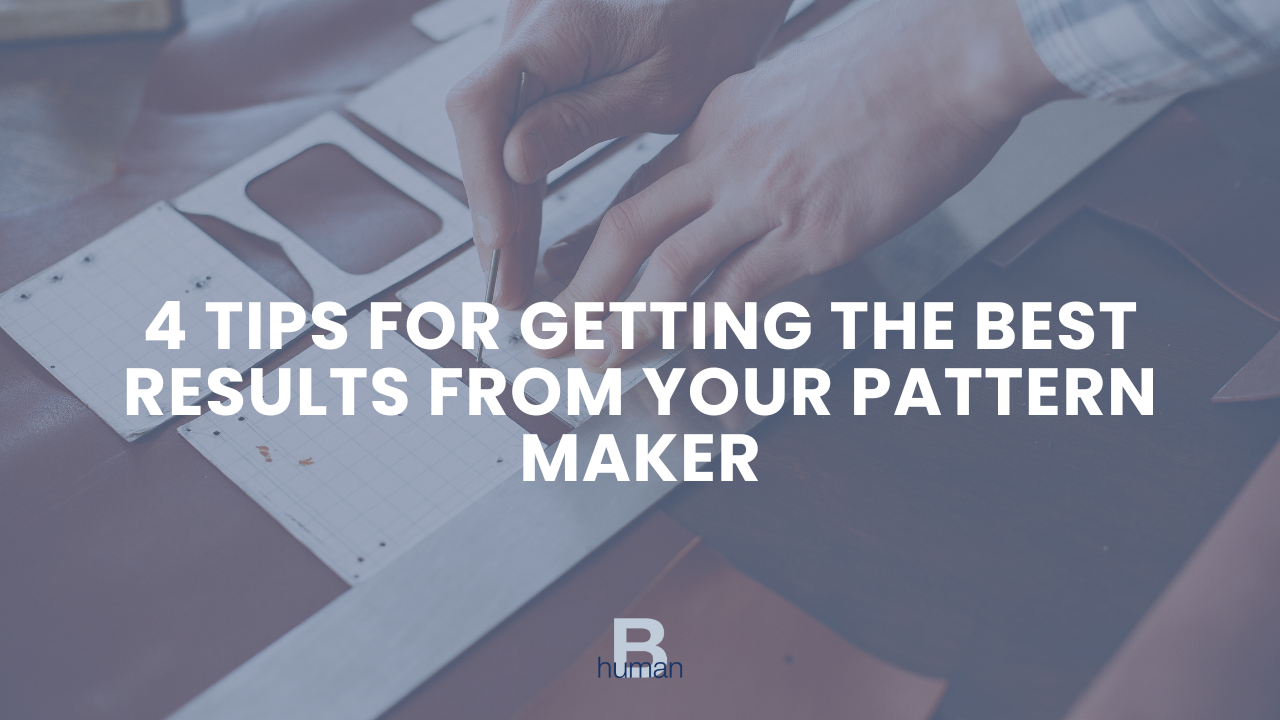You have a great concept, you have the backing and the drive, but all of these things can’t make a line successful if it doesn't ship on time.
One of the biggest pitfalls for designers is staying on schedule and making their deliveries on time. It’s a struggle to design, produce, ship and sell on time, especially for designers who are learning how the fashion calendar works. The industry has standard dates that are predetermined for designers to follow as guidelines:
- Fabric shows – when the season’s fabrics become available
- Sales shows – when the current season collection is presented to stores
- Store delivery dates – when stores accept orders
Designers who end up with late product either do not stick to their calendars or are setting their calendars up incorrectly.
How you organize your time before and in between these industry dates will make or break





















